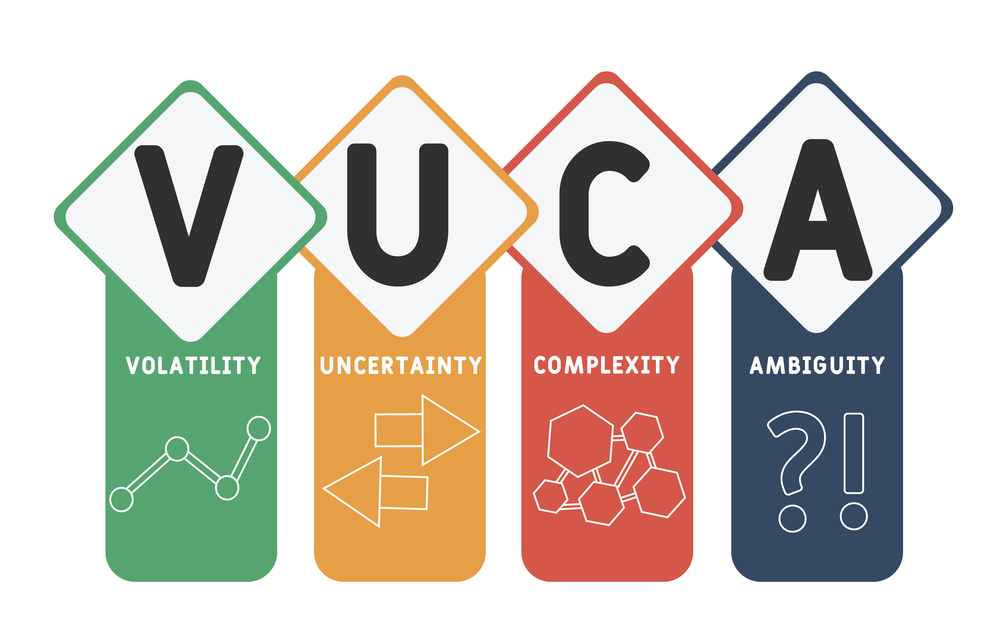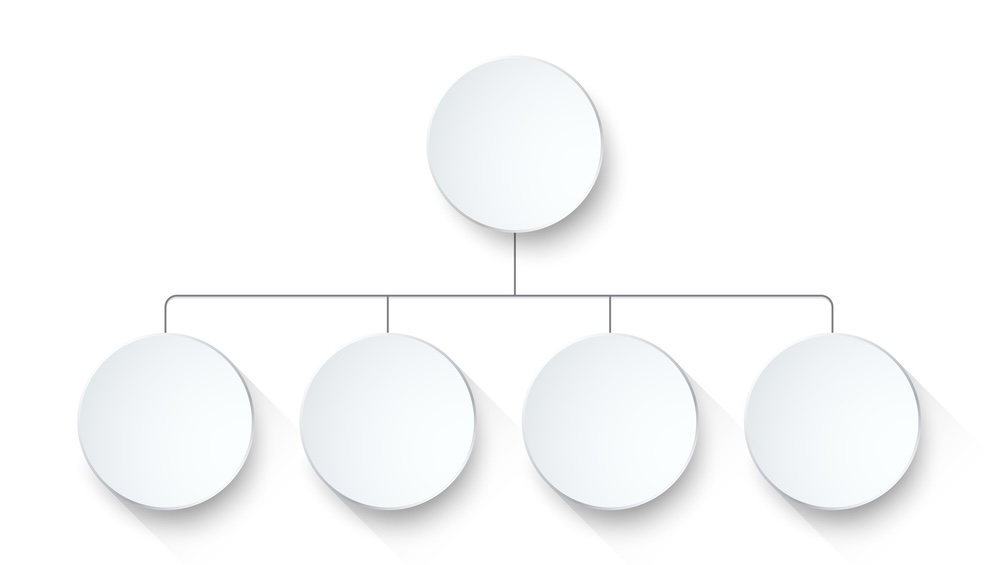Why “the Big Quit” Has Morphed into “the Great Breakup.” What’s Going On? (Part One)
 Women are switching jobs in record numbers. The pandemic touched off “the Big Quit;” now, we are seeing the aftermath of that mass exodus: “the Great Breakup.” And while there could be several reasons behind this trend, one thing is clear — women are no longer putting up with conditions that don’t work for them, and they’re changing jobs to get what they want.
Women are switching jobs in record numbers. The pandemic touched off “the Big Quit;” now, we are seeing the aftermath of that mass exodus: “the Great Breakup.” And while there could be several reasons behind this trend, one thing is clear — women are no longer putting up with conditions that don’t work for them, and they’re changing jobs to get what they want.
Nearly half of the workforce is made up of women; it’s no surprise that their voices and demands are being heard. In the recently released McKinsey Study “Women in the Workplace 2022,” female leaders are reportedly switching jobs at the highest rates we’ve ever seen. Companies are struggling to hold onto the relatively few women leaders they have, with over 60 percent of women surveyed sharing that they are unsatisfied with their current job.
This is the eighth McKinsey study on women and work. The 2022 study took data from 333 companies across the U.S. from companies employing more than 12 million people.
What’s Going On?
Whether it’s inadequate pay, unpleasant workplace culture, a lack of opportunity for advancement, or simply feeling undervalued, more and more women are deciding to walk away from their current situation in search of something better. And while this can be a daunting prospect, it’s also a time of change and possibility.
In recent years, there has been an increasing awareness of the “broken rung” on the first step up to management. This persistent phenomenon sees women promoted less often from entry-level positions, resulting in a smaller pool of female leaders at the top. And according to McKinsey, all of these dynamics are even more pronounced for women of color, who face additional challenges in both entering and progressing within the corporate ranks.
 Despite the progress made in recent years, the workplace is still far from being an equal playing field for all. In particular, female leaders face unique challenges. From the gender pay gap, the entitlement gap, to the glass ceiling, and the glass cliff, women have long faced obstacles to success in the business world.
Despite the progress made in recent years, the workplace is still far from being an equal playing field for all. In particular, female leaders face unique challenges. From the gender pay gap, the entitlement gap, to the glass ceiling, and the glass cliff, women have long faced obstacles to success in the business world.
One area where women continue to face challenges is in their ambition. Female leaders are just as ambitious as men, but at many companies, they face headwinds that signal it will be harder to advance. Research shows that when men assert themselves forcefully, they’re perceived as strong leaders; when women assert themselves forcefully, they’re perceived as bossy, abrasive, and worse.
Female leaders, especially leaders who are members of underrepresented groups, are much more likely than their male counterparts to experience microaggressions at work. Microaggressions are brief, everyday interactions that convey a subtle message of exclusion or inferiority. They can take the form of a belittling remark, an off-handed comment, or even just a questioning glance. Women leaders are much more likely to be regularly mistaken for someone more junior, or have their judgment publically questioned in meetings.
While they may seem innocuous, microaggressions can have a major impact on a person’s well-being and job performance. For female leaders, the effect is magnified by the fact that they are already underrepresented in positions of authority.
 Another factor is the lack of support for working mothers, who (often) tend to bear the brunt of childcare responsibilities. Another is the prevalence of unconscious and conscious biases, which can lead decision-makers to assume that men are more competent and capable than women. Finally, there is the “old boys’ club” mentality that still pervades many workplaces, making it difficult for women to network and build relationships with those in positions of power.
Another factor is the lack of support for working mothers, who (often) tend to bear the brunt of childcare responsibilities. Another is the prevalence of unconscious and conscious biases, which can lead decision-makers to assume that men are more competent and capable than women. Finally, there is the “old boys’ club” mentality that still pervades many workplaces, making it difficult for women to network and build relationships with those in positions of power.
So what can we learn from “the Great Breakup?” What do female leaders want? The study found that they’re demanding more from their careers in terms of work-life balance, opportunities for growth and development, and a commitment to diversity and inclusion. In Part Two of this blog I’ll flesh out the survey findings; in particular looking at what women what from their workplaces.
Are you thinking about a big change? As always, my DMs are open. Reach out today for a free and confidential initial consultation by phone, email, or message me through Twitter, Facebook or LinkedIn.
More than career coaching, it’s career psychology®.
I/O Advisory Services Inc. – Building Resilient Careers and Organizations TM.



